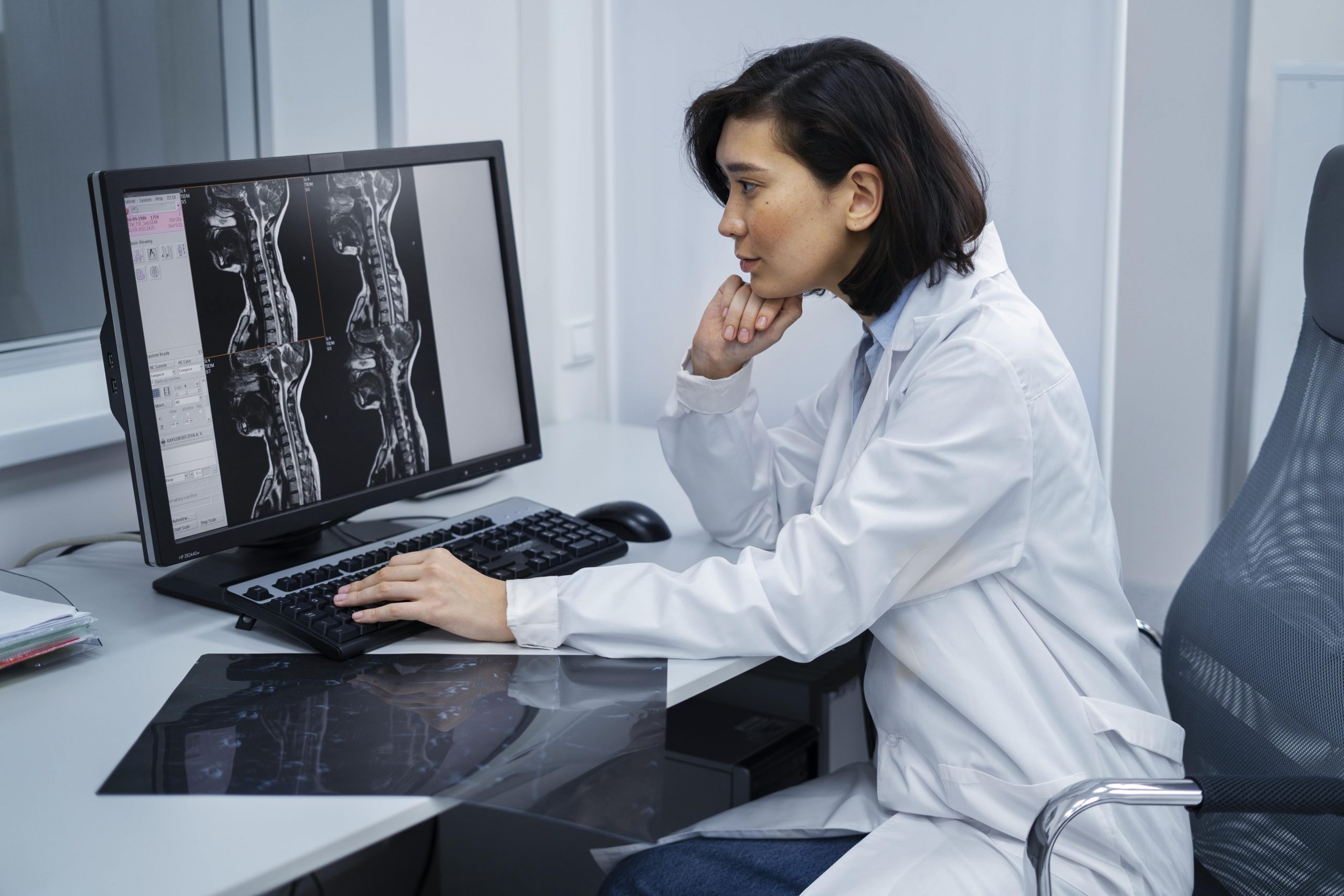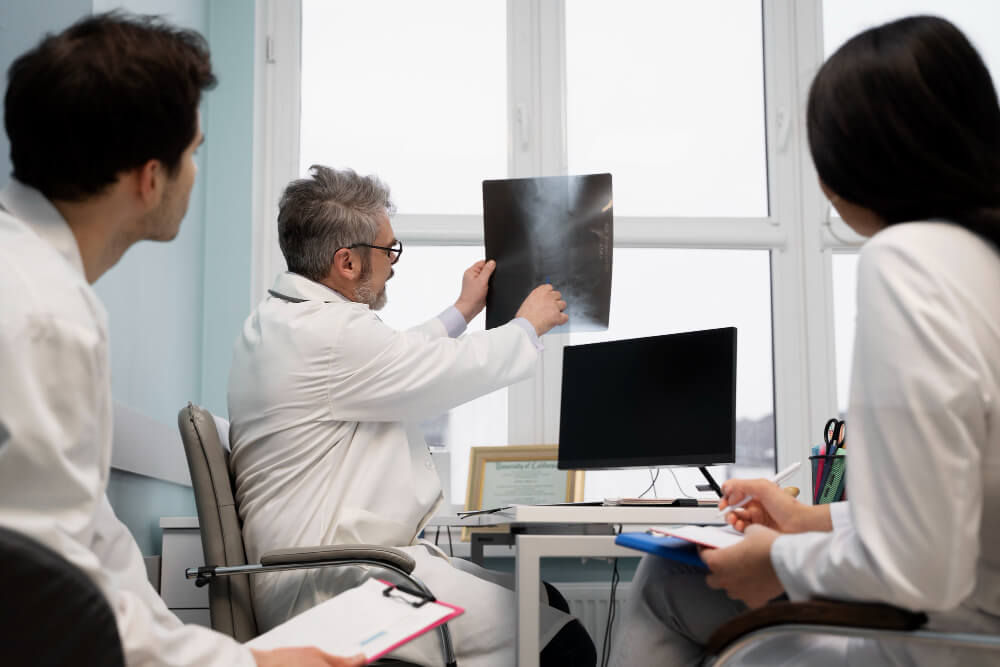A rib fracture is a painful injury and possibly a serious one caused by direct trauma, severe coughing, or secondary to medical conditions that weaken bone. This part of the body is very important for the protection of vital organs, and damage to this part of the body may greatly limit breathing and movement. Early identification helps to ensure timely treatment without any complications. To explore this blog, we are going to discover four key signs of a broken rib found in medical research and see how a CT scan can be used to confirm the condition.
How Does Chest Pain Indicate a Rib Fracture?
Chest pain is one of the most common and immediate signs of a rib fracture. The pain normally deepens with deep breathing, coughing, or movement. This is because the fractured rib may slightly shift, which will irritate the muscles and tissues around them. Rib fractures cause patients to be uncomfortable when lying on the side of the injured rib or when pressure is placed on the affected area, as listed by a study by Livingston et al. (2008). When ignoring persistent ‘chest pain’ should not be overlooked as it may show the presence of a severe injury that needs medical intervention. Usually, a fractured rib heals on its own; however, complications such as lung damage, pneumonia, or even death may occur if left untreated. Ice packs can be applied, pain medications can be prescribed, and medical evaluation is still indicated for the removal of discomfort.
Why Does Difficulty Breathing Occur?
In such cases, pain and inflammation surrounding the rib cage may make breathing difficult due to a fractured rib. When a rib is broken, Deep breaths are avoided naturally as the body tries to reduce discomfort. However, shallow breathing can cause pneumonia because expanded lungs are not being used adequately (Bulger et al., 2010). Seek medical help if breathing becomes too labored to the extent of pain. A CT scan may be suggested to see how bad the injury is and to rule out if any internal organs have been damaged. In severe cases, oxygen support or respiratory therapy is required to sustain the proper function of the lungs. Patients are often told to do controlled breathing exercises to combat lung infections and look after recovery.
Is Bruising and Swollen a Sign of a Fracture?
Additional rib fracture indicator symptoms include bruising and swelling over the injured rib cage area. Blood vessels around the broken rib are damaged, and when this happens, there will be localized discoloration and inflammation. In addition, chest pain may be further restricted by the presence of swelling. A doctor often uses a CT scan to distinguish between a rib fracture and another injury like muscle strain or contusions. This bruising may take a few days to develop fully, and the soreness around the area may last for weeks. They suggest the use of compression bandages or supportive wrapping to decrease movement and decrease pain. However, one should not try to tighten too much, as stretching your skin can cause more restrictions on breathing.
Choose Our Full Body Scan
Early Detection Saves Lives!
-
- Accurate
- Quick Result
- Affordable

Why Do Some People Experience a Cracking Sensation?
Others with a fractured rib tell there’s a cracking or grinding sensation over where it’s injured. This symptom (crepitus) occurs from the broken ends of the rib rubbing against each other. A break doesn’t always happen with this; however, it is a strong indication. More intensive medical care is required if a case involves multiple fractures or displaced ribs, as postulated by Bulger et al. (2010), and this may signal such sensations. The severity can be confirmed with a CT scan, and appropriate treatment can be chosen. If a patient feels crepitus, great caution should be taken not to move as much as possible and seek immediate medical attention to prevent further injury. Very severely displaced ribs may require surgery to stabilize them.
Conclusion
It is important to recognize the signs of rib fracture to avail timely medical attention. Persistent ‘chest pain,’ trouble breathing, visible bruising, and swelling of the rib cage should never be ignored, all of which can accompany the danger signals experienced previously by the patient. A CT scan is very useful in confirming the diagnosis and treatment. Seeking medical attention if you suspect a rib fracture is important to prevent complications. That’s why ViaScan offers highly advanced imaging services to diagnose rib fractures and other injuries effectively. Early detection can make a big difference in recovering and feeling overall well. Improving the chances of a full and smooth recovery from rib fractures can occur if symptoms are addressed promptly and appropriate medical advice is followed.










